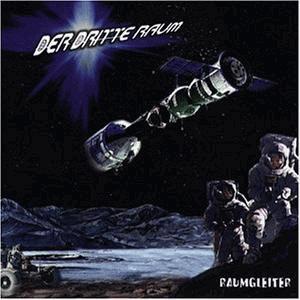
| Artist: | Der dritte Raum |
| Title: | Raumflieger |
| Released: | 1998.09.28 |
| Label: | Virgin Records |
| Time: | 66:21 |
| Producer(s): | Andreas Krüger |
| Appears with: | |
| Category: | Techno |
| Rating: | ********.. (8/10) |
| Media type: | CD |
| Purchase date: | 2001.08.04 |
| Price in €: | 7,99 |
| Web address: | www.der-dritte-raum.de |